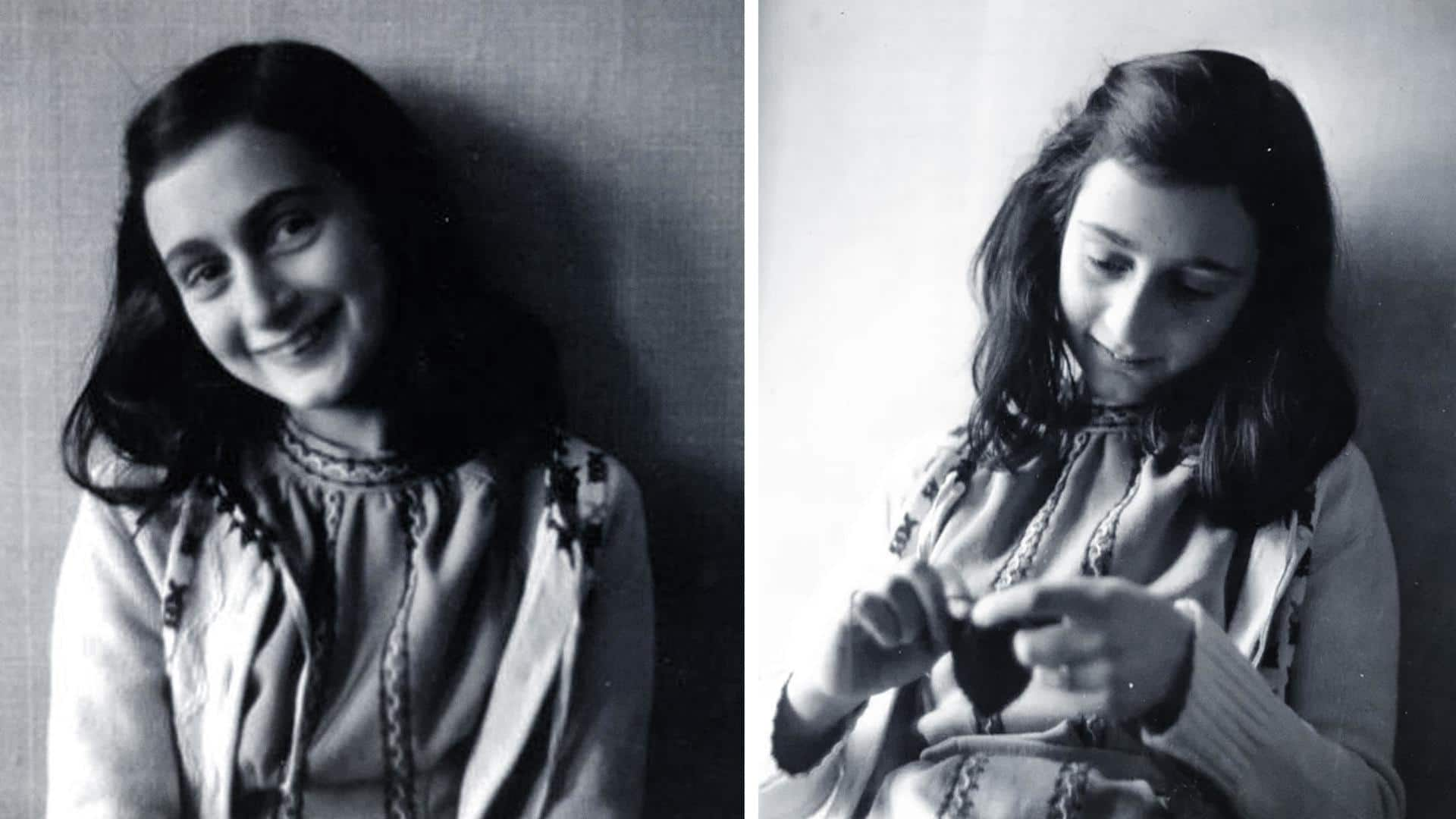
Anne Frank's birthday! 5 interesting facts about the diarist
What's the story
Anne Frank's diary is a favorite among readers even now. Frank's diary, which was written over two years, describes the time her family spent in hiding while the Nazis occupied the Netherlands. Frank was just 15 when she died but she sure lived through her diary. On her birth anniversary, let us look at some interesting facts about this posthumously published writer.
Fact 1
The diary was Frank's thirteenth birthday gift
Frank got the diary just a few weeks before her family fled to hiding. On June 11, her father had taken her to choose the red, double-checked autograph book, and on June 14, she started writing in it. Despite spending her 14th and 15th birthdays in the annex, Frank still received gifts from the other hideout inhabitants and their assistants outside of the compound.
Fact 2
Frank wrote two versions of her diary
The first version (A), which started in the book she received on her 13th birthday ended up in at least two notebooks. She wrote the second version after listening to a BBC program broadcast to assist document the hardship of the Nazi occupation after the war. Frank made some changes to version A while also introducing fresh material in version B.
Fact 3
Frank wrote most of her diary to 'Kitty'
Most of Frank's diary is written in the form of letters to "Kitty." Some academicians think "Kitty" relates to Käthe "Kitty" Egyedi, her friend from before the war. Others assert that Frank took the characters' names from her preferred book series, Joop ter Heul. Egyedi, a survivor of the concentration camp, later stated that she didn't think the letters were addressed to her.
Fact 4
Frank wanted to become a famous writer
While she was in hiding, Frank dreamed of spending a year in Paris and another in London and hoped that one day she would be able to go back to school. She wanted to learn foreign languages and study the history of art. In the end, her goal was to become "a journalist, and then a famous writer."
Fact 5
Frank spent two years and 35 days in hiding
She, along with her family, was unable to see the sky, feel the rain or sun, walk on grass, or even walk for very long periods. Frank concentrated on learning and reading about European literature and history. Like any teenager, she spent time curling her dark hair and doing her nails. She also wrote down lists of items she pictured herself purchasing one day.